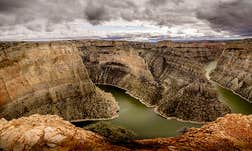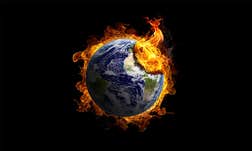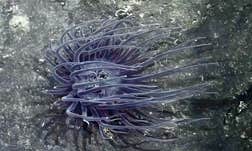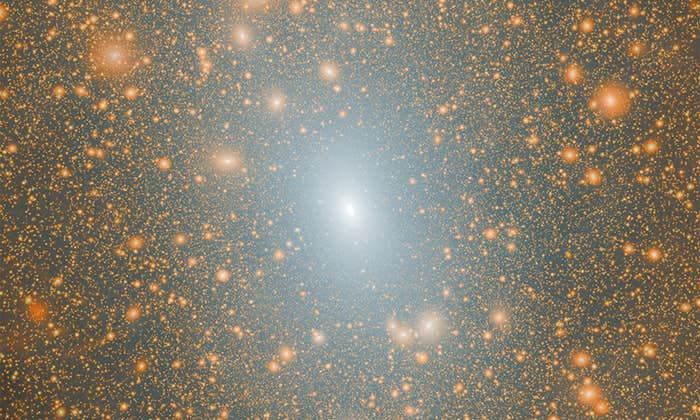1 Two hundred years ago girls were encouraged to study science, while boys were pushed toward classical languages.
In college, Charles Darwin studied to become a priest, not a biologist. He did not have much choice. When he was a student, Cambridge University did not offer degrees in biology (or any other science). Although extracurricular lectures were available, the scientific subjects that interested Darwin were not highly valued.
In his The Autobiography, Darwin remembered that his family and teachers had considered him a “naughty boy” because he spent his time collecting beetles, doing home chemistry experiments, and studying flowers instead of Latin grammar. As I researched Darwin and Emily Dickinson’s lives, I was astonished to realize that Dickinson had more access to scientific education—and more formal training in the sciences—than Darwin. Like most Massachusetts girls who went to high school in the 1800s, she was strongly encouraged to study geology, chemistry, astronomy, and botany in school. These subjects were considered ladylike. Studying the natural world seemed safe because people imagined nature as a very stable, orderly system designed by God. Another reason science was a good subject for girls was because it was unlikely to lead to professional work. Latin was necessary for a professional career, but science was not. There were few paying jobs in the sciences. Instead, these pursuits were usually unpaid hobbies for passionate amateurs who had plenty of leisure time.
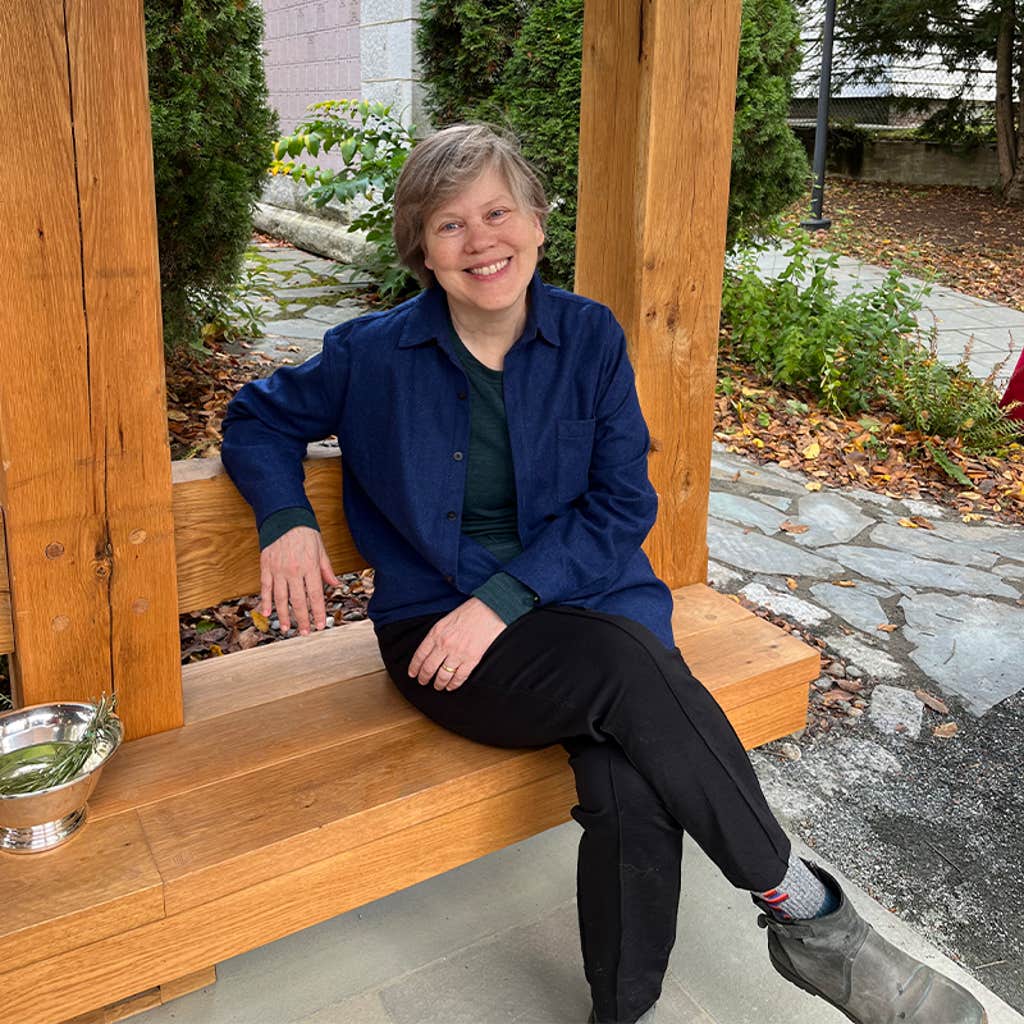
In the 21st century, the tables have turned. Many people think of STEM fields as more professional. We tend to imagine science as cold and hard, completely rational and emotionless. Girls and women are underrepresented in these disciplines. By the same token, the arts are often seen as softer, with less practical value and more room for emotion. Today, it is generally assumed that the arts and humanities are more feminine than the sciences. Comparing the two eras shows that our 21st-century assumptions are just as wrong-headed as those of the 19th century.
2 A poet initiated the “great divorce” between the arts and the sciences.
Careful observation of the natural world was as central to Romantic poetry as it was to natural philosophy. For a time, many people thought that poetry and science were closely related. However, in 1833, while Darwin was serving as an unpaid volunteer natural philosopher for the British Navy and Dickinson was a young girl in Amherst, the Romantic poet Samuel Taylor Coleridge crashed a meeting of the British Association for the Advancement of Science. From the audience, he denounced the developing scientific method. Coleridge was disgusted by the turn toward experimentation, away from philosophy. In response, William Whewell, a young Cambridge professor, suggested that instead of describing themselves as natural philosophers, his colleagues should adopt a more modest term: scientist.
Latin was necessary for a professional career, but science was not.
As Whewell later explained, his new word was more accurate than man of science because many prominent investigators in these new fields were women. Mary Somerville’s On the Connexion of the Physical Sciences was the bestselling book on scientific topics from its publication in 1834 until Darwin published On the Origin of Species in 1859.
By the time historians looked back at the “great divorce”—the separation of the arts and sciences into two separate cultures—values had shifted. Today, it surprises us to learn that the artists were the ones who wanted the divorce. Like Coleridge, they felt it was somewhat degrading to be associated with scientists, whom they saw as amateurish and unserious.
3 The “great divorce” between the arts and sciences led to disenchantment.
As sociologist Max Weber has explained, “disenchantment” is the belief that everything in the natural world can be known and mastered and that mystery, wonder, and other emotions have no place in scientific thought. When I started my research for this book, I assumed that disenchantment was the unavoidable outcome of the development of modern science. As it turned out, the story was far more nuanced. Two hundred years ago, painters, poets, and priests were expected to study the natural world.
Their pursuits included natural history (collecting and identifying), natural philosophy (theorizing), natural theology (religious thinking), and natural magic (experimenting with invisible properties that were not considered supernatural, such as magnetism and gravitation). However, as the arts and sciences drew apart, religious thought became much less central, and the concept of natural magic was entirely lost. After this reorganization of knowledge, it became hard to recognize that mystery and wonder play a central role in scientific inquiry and equally difficult to see that artists are often precise observers, logical thinkers, and skilled technicians. Like scientists, artists are passionate experimenters.
Darwin, the great scientist, and Dickinson, the great poet, witnessed the separation of science from art, but they did not accept it for themselves. They resisted disenchantment. Darwin never lost his sense of wonder or his aesthetic appreciation of the beauty of the natural world. He described the origin of species as the “mystery of mysteries.” Meanwhile, Dickinson deployed razor-sharp logic and deep scientific knowledge in her poems. In fact, she wrote that her ideal poet was someone who could distill “amazing sense” from the extinction of species. Darwin and Dickinson were both fascinated by the invisible, mysterious, and magical interconnections that tie living things together. Their passionate curiosity and their love for the natural world inspire me.
In our current moment of cascading environmental crises, we need to work together to rediscover the natural magic that enlivens our world. ![]()
Lead image: Ntguilty and G artist / Shutterstock


















